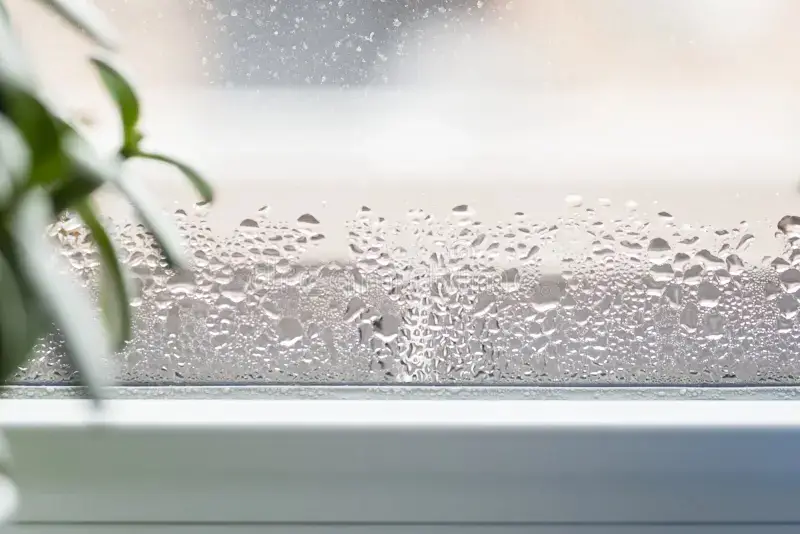As winter blankets the landscape in a serene layer of snow, RV enthusiasts gear up for a unique set of challenges associated with colder temperatures. One particularly formidable adversary is moisture, which can stealthily infiltrate your RV, leading to a host of issues from mold and mildew to discomfort for the occupants. In this article, we’ll unveil a comprehensive guide featuring pro tips to conquer winter moisture and ensure your RV remains a cozy and dry haven during chilly weather. From effective insulation strategies and proper ventilation techniques to selecting moisture-resistant materials and utilizing smart gadgets, these insights will empower you to navigate the winter season with confidence, ensuring that your RV adventure remains comfortable, hassle-free, and undeterred by the challenges of winter moisture.
Conquer Winter Moisture With
Our Pro Tips for Your RV
Battling Humidity Challenges in Your Winterized Motorhome
As winter takes center stage, our focus shifts from the open road to securing our motorhomes for a season of rest. Depending on your location, your cherished vehicle might already be snugly stored for a winter’s nap. In the cold, damp corners of our nation, a recurring concern emerges—controlling interior humidity during hibernation.
The Impacts of Excess Humidity
While it might seem inconspicuous at first, excessive interior humidity can wreak havoc, revealing its damage when you gear up for the next travel season. Corroded electrical connections, swollen furniture, and the emergence of mold and mildew are potential consequences. Unchecked, prolonged exposure to damp air can lead to significant damage, delaying your travel plans and causing financial strain.
In traditional residences, handling moisture issues is more straightforward, thanks to constant climate control and access to electricity. RVs, however, present a unique challenge. Unless fortunate enough to store your motorhome in a climate-controlled facility or at your residence, exterior power sources become limited. Yet, fear not—there are steps you can take to effectively combat excess moisture, ensuring your motorhome remains a sanctuary of readiness, plugged in or not.
Detecting Moisture Early On
Moisture infiltrates from various sources, and as interior temperatures drop, suspended water in the air condenses on cooler surfaces, forming tiny droplets. Counters, cabinets, and windows become potential hosts for these moisture droplets.
Upkeep of the Aerial Abode
- Check the Roof: Ensure roof seams, areas around roof vents, and the foam seals around air conditioning units are sealed and intact. Replace any dry or cracked sealant, and rectify minor roof damage using reliable solutions like EternaBond tape.
- Window Sealing: Confirm proper closure of windows and examine rubber seals for wear or damage. Seal metal-frame windows with quality silicone sealant, and meticulously inspect the seam of frameless windows for potential leaks.
- Exterior Doors: Validate that exterior baggage doors keep water out, ensuring the floor above is safeguarded by a moisture barrier. Replace rubber weather stripping if necessary, and seal any gaps around the door using reliable products from brands like Geocel and Sika.
Combatting Moisture Effectively
- Use a De-Humidifier: If you have access to 120-volt AC power, a compact dehumidifier like the Air Dryr 1000 can efficiently handle up to 1,000 square feet. Combine it with a small fan to keep air circulation optimal.
- Desiccant Products: In the absence of power, turn to desiccant products like DampRid. These calcium chloride crystals absorb moisture, providing a simple yet effective solution to maintain a dry interior.
- Ventilation is Key: Crack open one or more roof vents to allow air circulation, but ensure vent covers are in place to prevent water ingress.
- RV Covers: In snowy areas, a high-quality RV cover offers insurance against water intrusion. Opt for covers with vents or a Tyvek top, avoiding waterproof tarps that don’t allow for breathability.
Regardless of storage location, maintaining a moisture-free interior demands regular attention. Periodically check on your motorhome to ensure plug-in dehumidifiers are functioning or to empty desiccant trays. Proactive measures before wet or snowy weather set in will keep your motorhome’s interior pristine, dry, and mold-free. Most importantly, you’ll safeguard against costly damages, ensuring a seamless return to the road when warmer weather beckons.
Join the E3 Camping Membership today and become a part of a vibrant community that shares your passion for RV adventure. Together, we can make your dreams of RVing and camping a reality, while embracing the spirit of empowerment. When you sign up, you get instant access to our magazines, 200+ lessons and courses to be a better camper and RVer, tools, product discounts, events, a HUGE community of campers and RVers around the country, E3TV episodes, articles, and many other amazing things.

